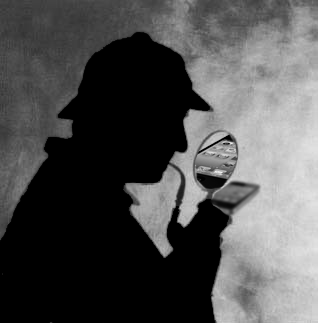The Conservatory’s two founders both went through career-choice changes that would forsake music for other disciplines. Neil Davis, who already had nearly a decade of experience as a guitar instructor, decided history would be his field when he transferred from to University of Minnesota-Duluth to UW-Milwaukee in 2001.
Also at UWM, Isaiah Joshua decided he wanted to pursue a career in athletics after a number of years of learning several different instruments. However, these decisions also seem indicative of the intellectually hungry jazz musician living in the moment, which means serious grappling with changes – career, charts, gigs, whatever.
Neither of them could shake music’s siren song, even as they turned away from it.
Once they finally met – after years of learning, playing and musical dues paying – they had the germ of an idea.
It took two more years of jamming and brainstorming at Joshua’s house before they formed the music school in February of 2013 and named it for the location, but the name also invokes one of the first great recorded statements in the history of jazz: “West End Blues” by Louis Armstrong and his Hot Five in 1928. The tune was named for a legendary New Orleans venue which pioneered interracial jazz.
Now it’s like righteous fate, the ghost of Satchmo floating over their shoulders, blowing his indomitable blues. Davis, by the way, is white, and Joshua is black.
“We believed in the idea and had a couple things we definitely wanted, a location between North Avenue and Capitol Drive and west of 35th Street; there was nothing like we were planning,” explains guitarist and guitar instructor Davis. “That encompasses a wide swath of the town. It was stroke of good luck finding this building, because you need separate rooms for lessons but we couldn’t afford a building much bigger.” An anonymous donor came through with a substantial loan they’re paying back, and Davis’ brother Adrian chipped in as a minority partner. David Glazer, a real estate broker in the neighborhood, found the building for them.
The former office of a family-practice physician, at 5500 W. Vliet St., proved perfect, and the potential recital hall space – a long-unused storage room running the full depth of the building – really brought it into focus, Davis says. Dr. Laure DeMattia has since relocated out of town, but still owns and leases the building.
The doctor’s examination rooms served perfectly for practice and instruction. Little renovation was required. “We removed the awnings ourselves; the main costs were new signage and new front windows and front door,” Davis says.
Visitors enter a front door with stylish Art Deco cut glass into a warm and spacious reception area with hardwood floors, an attractive cream-city-brick back wall and an asymmetric layout of adjacent practice rooms.
“We wanted to have a place where people could just walk in, sign up that day and have it accessible to a neighborhood that had a lot of kids in it,” Davis explains.
 West End Conservatory co-founder Neil Davis.
West End Conservatory co-founder Neil Davis.
So the flame of their vision never died; it just grew. They’re aiming for accreditation as a pre-collegiate community music school and restructuring from a partnership to a non-profit or hybrid non-profit. West End already seems an important redefining of hands-on, face-to-face music education with a Milwaukee community orientation. That’s partly because much of traditional education’s direction is under duress and upheaval by various political and social forces, with an unsettled future. And online education is displacing much of traditional face-to-face learning’s role.
These musician-educators don’t seem to have illusions about the trends they’re bucking. But they’re filling a gap in Milwaukee’s cultural makeup and geography. Heretofore, West Side residents needed to travel to the East Side’s Wisconsin Conservatory of Music or UWM’s school of music – or sing their own “West End Blues” for lacking a nearby music education center.
After nearly three years in operation, that location decision appears prescient, judging by the community response. One recent weekday afternoon, young neighborhood music students and their parents jammed the reception area. With mainly Facebook-style online promotion, they’re sustaining instruction and a musically ambitious level of recital performances by faculty, local and touring guest artists in the Conservatory’s performance space.
A December performance by the Jon Irabagon-Russ Johnson Quartet shot off sparks from jazz’s cutting-edge as impressively as any Milwaukee performance in recent memory. (see concert review on next CC post)
The West End will host the acclaimed alt-jazz trio The Bad Plus for two shows at 7 p.m. (which is sold out already) and 9 p.m. on Saturday, Feb. 6. The Bad Plus’ recent recordings include one with sax giant Joshua Redman and an audacious 2014 piano-trio adaptation of Stravinsky’s modernist powerhouse The Rite of Spring. Bad Plus drummer Dave King brought his own group in and did a master class here not long ago.
The Conservatory location is also close enough to the inner city that it could provide career direction for underserved and disenfranchised black youth, especially considering that the African-American Joshua, who teaches piano and saxophone, also specializes in educating very young students, some as young as four years old.
On the other hand, the WEC has students as advanced as Nicolet High senior Evan Johnson, who’s studying electronic music, film scoring and, recently, jazz orchestra arranging.
“There are people who were born to play music, but there’s nobody was born who can’t play music,” says Joshua. “One piano student, Finn Williams, was 14 or 15 when he started, a bare-bones beginner. He could not read music, but about a year into his lessons, he asked about Mozart, out of nowhere. I got him a book of Mozart music, and all of a sudden his playing exploded, his rhythm got better, his understanding of the music.”
The 15-person faculty includes string instructors and classical composer Keith Carpenter, “so there’s something for everyone,” Davis says. That includes the yeoman efforts and talent of drummer Devin Drobka, a Berklee School of Music graduate who also stages Unrehearsed MKE in the performance space. Drobka closely curates the sessions by matching up various musicians in completely improvised sessions.
“We have great teachers in Devin and Barry Paul Clark on bass who are also pushing the envelope of what is possible,” Davis says. “I can’t say enough about Devin’s efforts to bring serious, progressive music to Milwaukee.
“We are trying to make it also a place where teachers feel they have complete autonomy. It sounds pie-in-the-sky, but to me, the best thing is to let people be themselves. They’re good judgment will prevail, in time. I think that contributes to that community feel, a casual atmosphere without sacrificing any quality. We like to get to know all the parents, invite them to recitals. We have events with The Vliet Street Business Association and, in summer, our students play at the Washington Park band shell.
“So the community has responded. We’ve had support from Saint Sebastian school and the French Immersion School. Plus, Isaiah is creating band programs for schools that previously didn’t have any.”
As a guitarist, Davis felt technically accomplished until he started studying with bassist Billy Johnson after a 2004 jam-session meeting. Johnson is a Milwaukee native with a strong track record of working and recording with nationally-known jazz artists, including Lionel Hampton, Wallace Roney and Geri Allen.
“It was a huge deal to study with somebody with his breadth of experience,” Davis recalls. “The lessons were about criticizing my solos, straight up, so everything I played I had to justify in the language. It was pretty rigorous. I also learned a lot studying with keyboardist-trumpeter Neal Chandek, who really pushed me. With Billy and Neal, the music was as serious as your life.”
Among Davis’s regular current gigs is playing with The CNJ Latin Jazz Band led by Cecilio Negron.
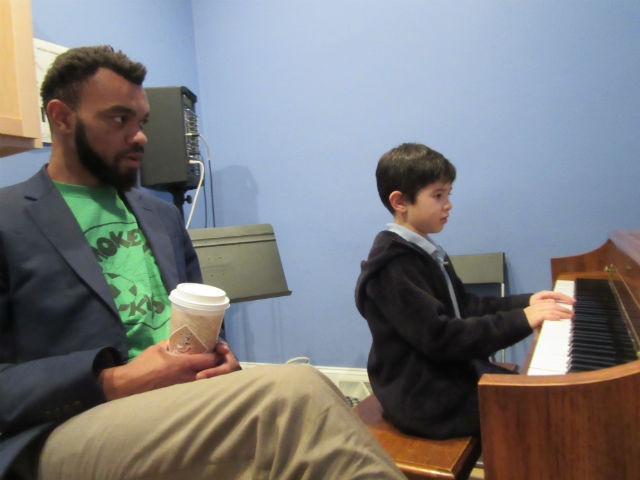 Isaiah Joshua teaching a student at the West End Conservatory.
Isaiah Joshua teaching a student at the West End Conservatory.
Joshua began on trumpet and sax in high school as his father, Greg Adams, a notable Milwaukee multi-instrumentalist, inspired him to pursue different instruments. Then a close, now-deceased high school friend, drummer Ari Moosavi “played me ‘St. Thomas,’ (a Sonny Rollins’ calypso tune) and all of a sudden I said, I have to play jazz.”
Nevertheless, after a year at UWM in jazz studies Joshua decided to chase a path to track and field. “I finally realized I couldn’t give music up.” UWM jazz studies director Curt Hanrahan gave him a chance to play ensemble piano. “He pushed me to my highest level on both instruments. It was a hard-knocks education, like Neil’s.”
Joshua earned a BFA in jazz studies at UWM in 2011 and played in a metal band called Complex Complex, which toured the East Coast a couple times. Then he formed his own group (now disbanded) called Jacoby and the Pillow Snatchers, which played a kind of experimental jazz he calls “math pop” with “lots of intense time signatures,” he says. “Once we were playing a 13-and-a-half time signature and I saw two older women were dancing in the back and I said, this might actually work.”
These days, a lot actually works for Joshua, Davis and The West End Conservatory.
_______
Photos by Kevin Lynch
This article was first published by OnMilwaukee.com

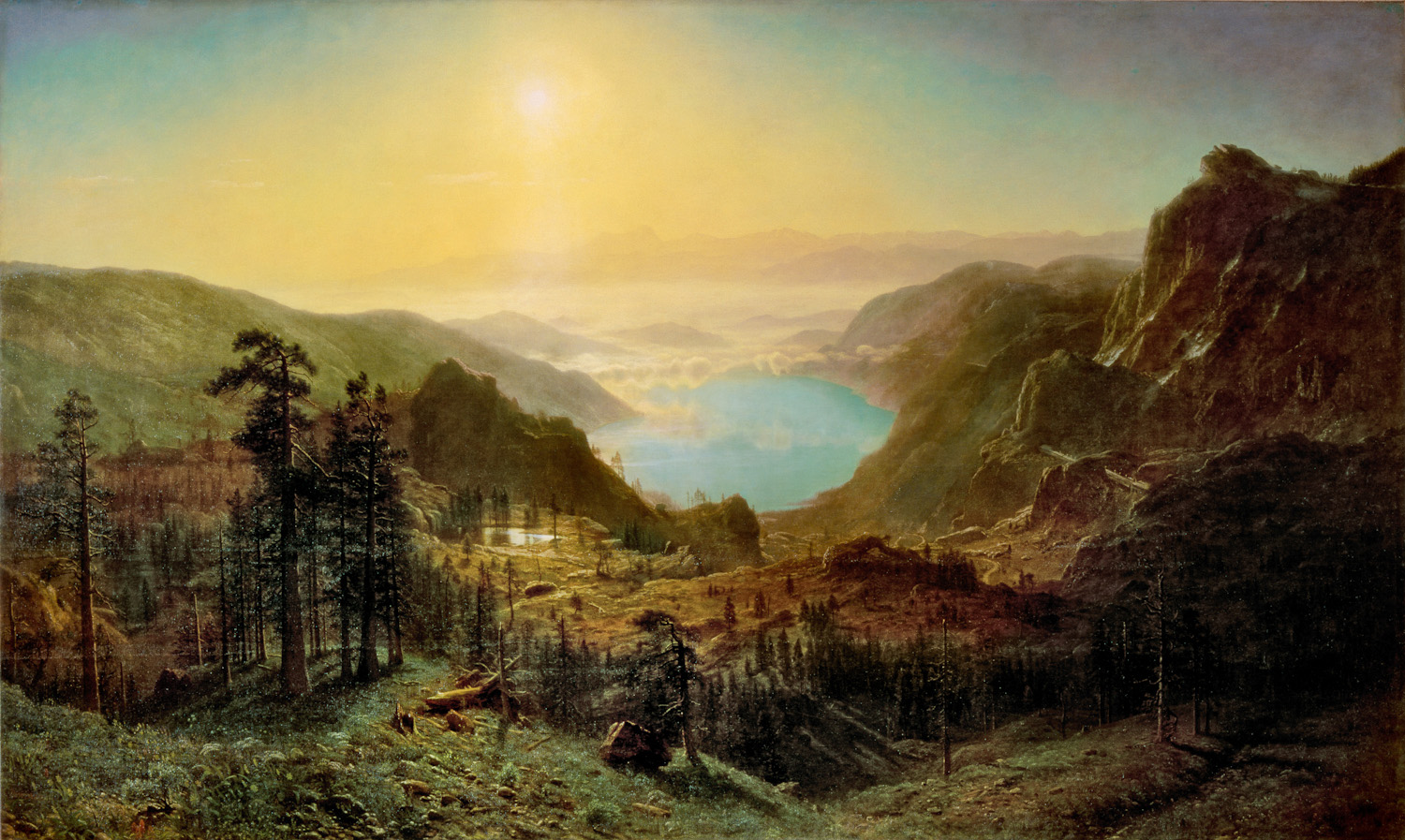

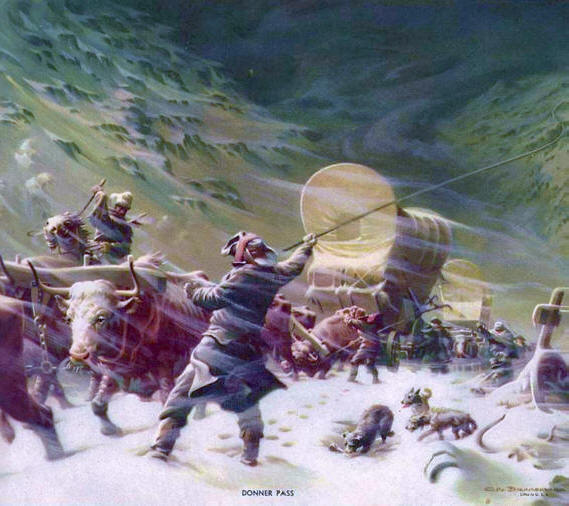
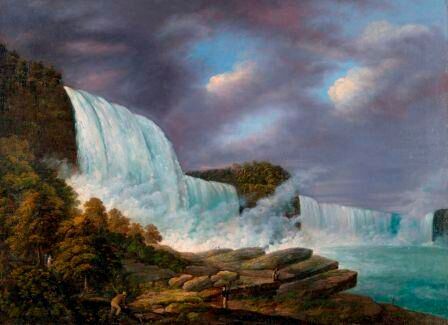
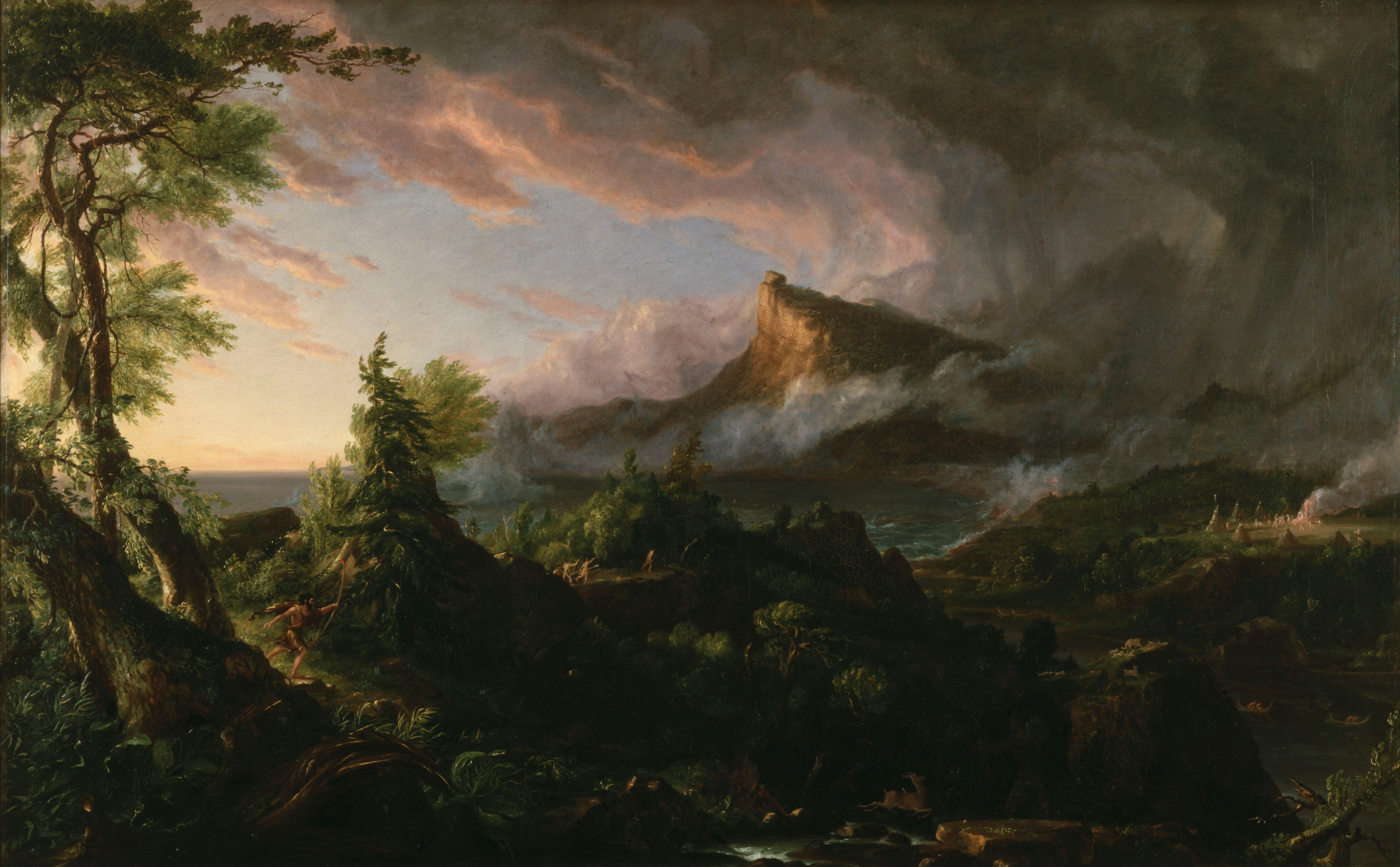

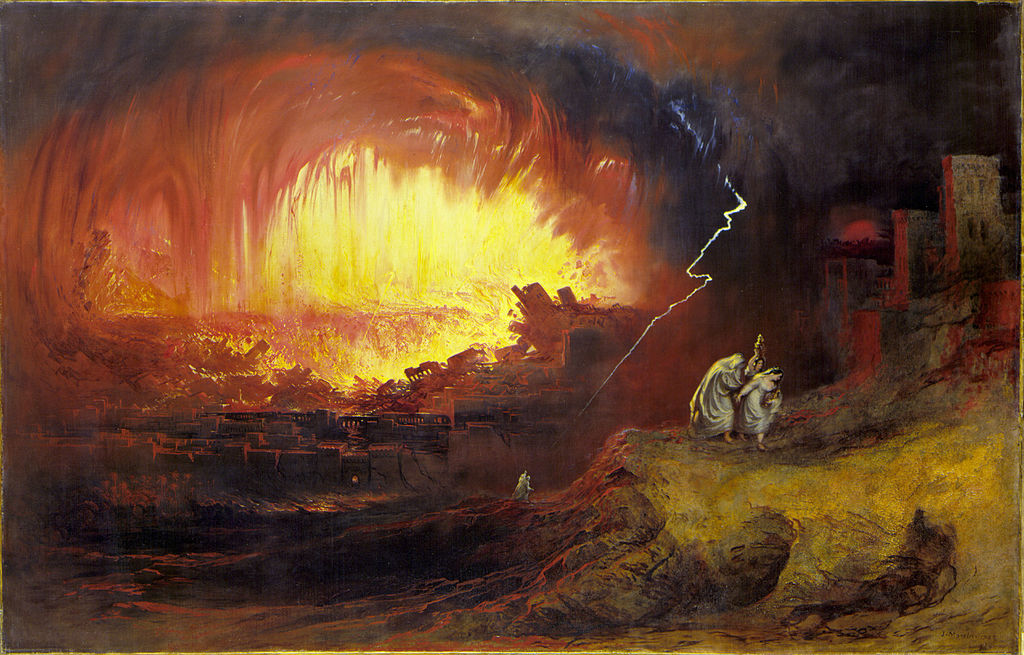


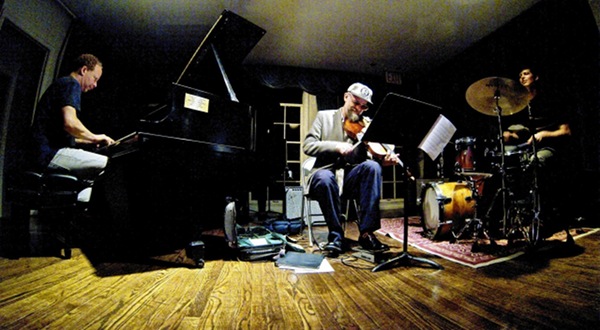
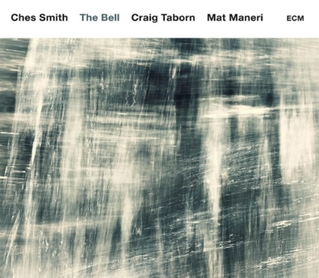

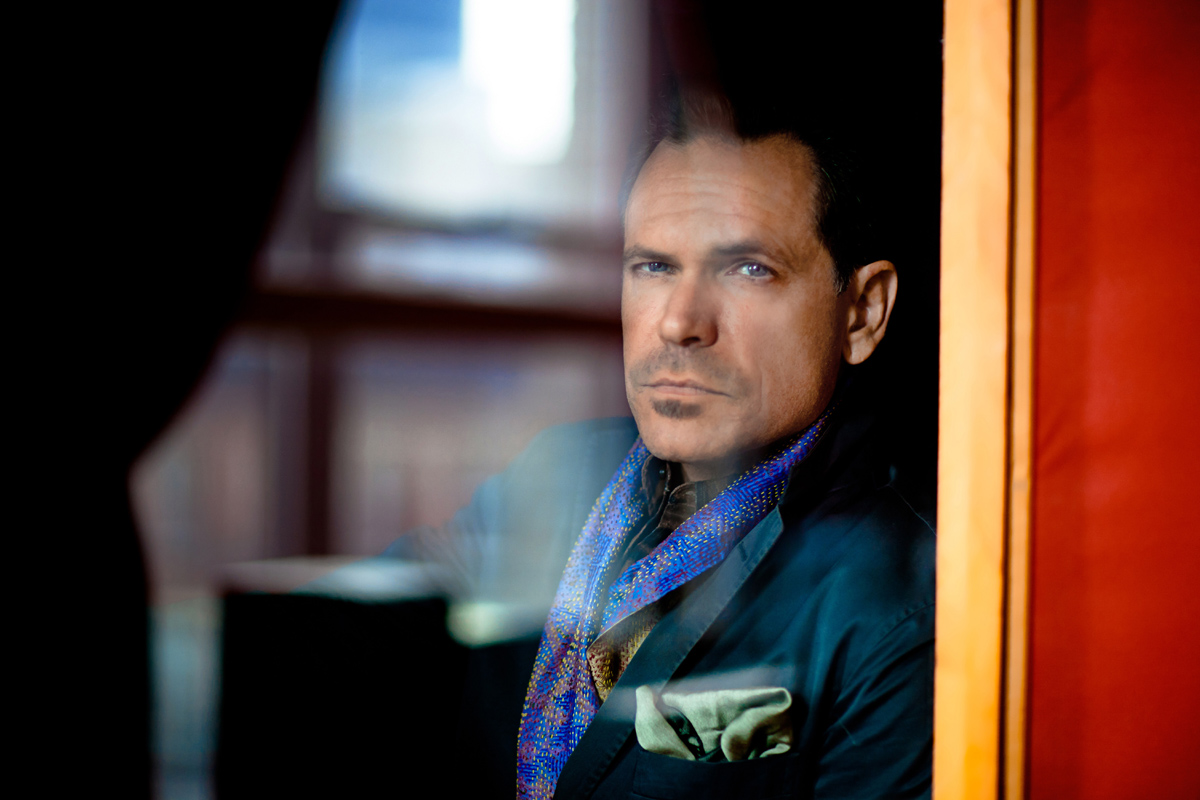
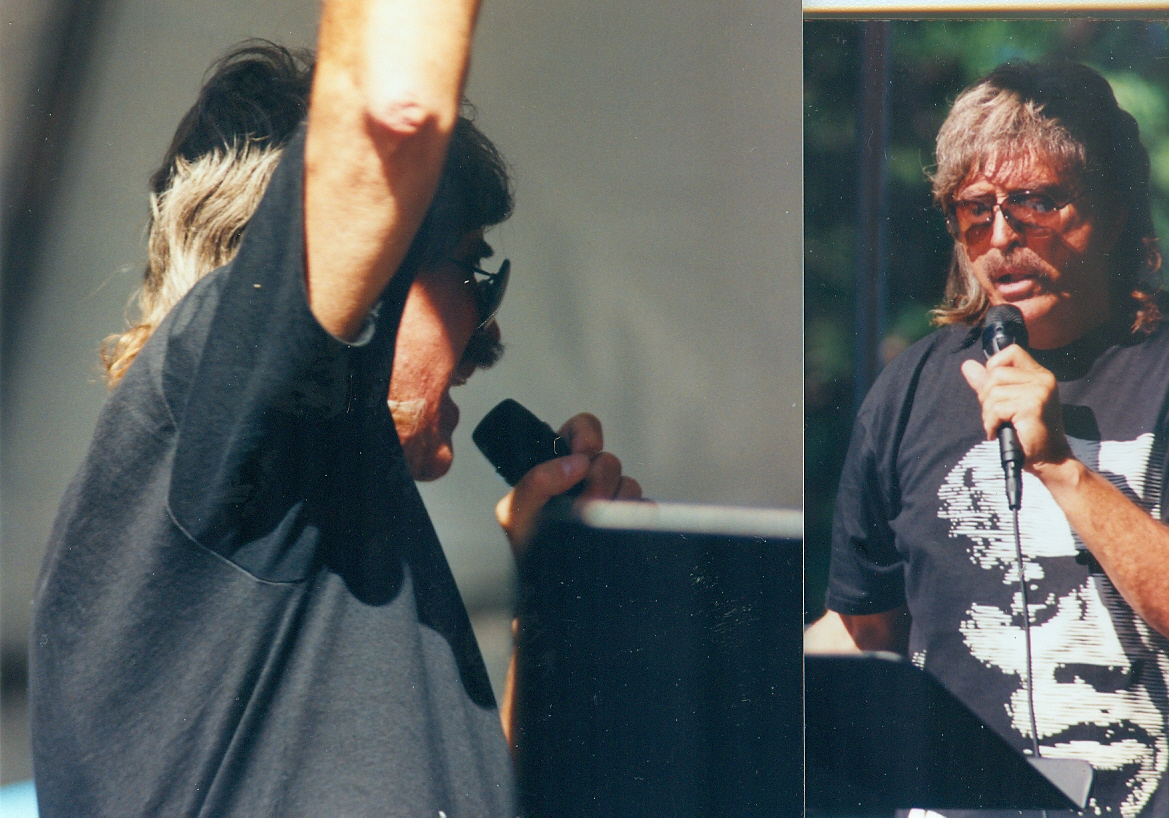
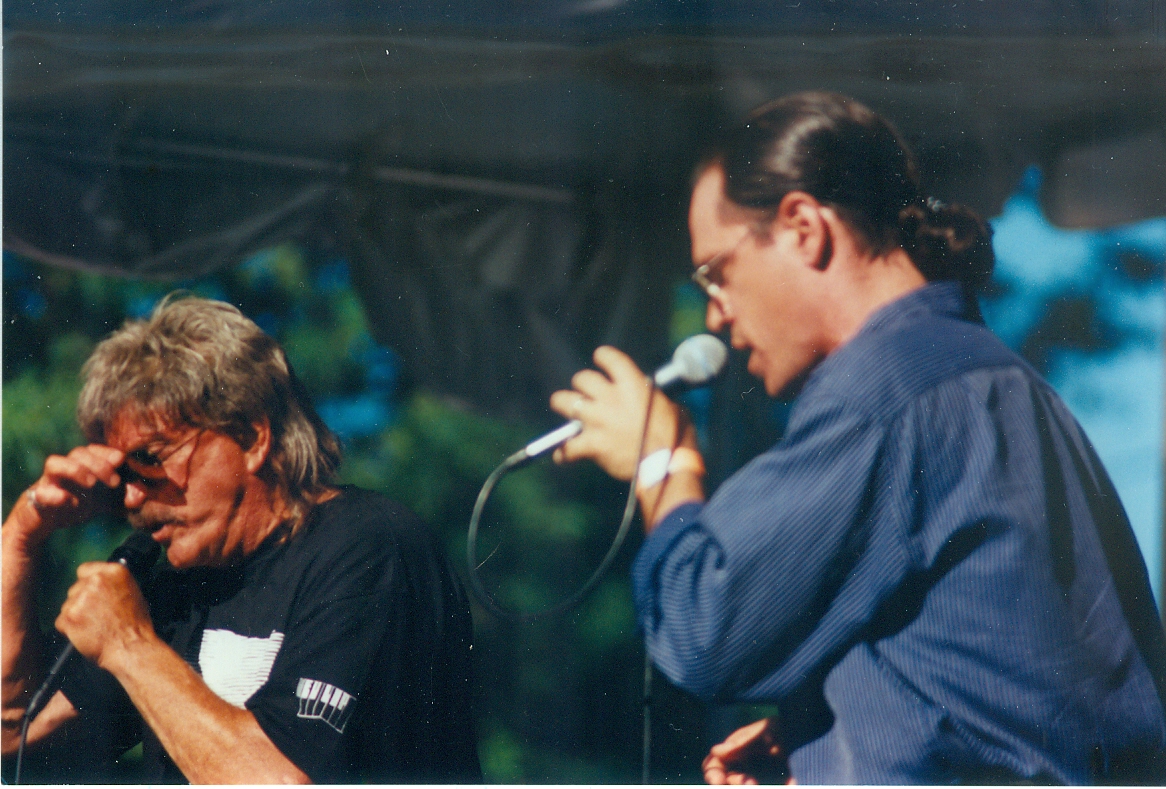
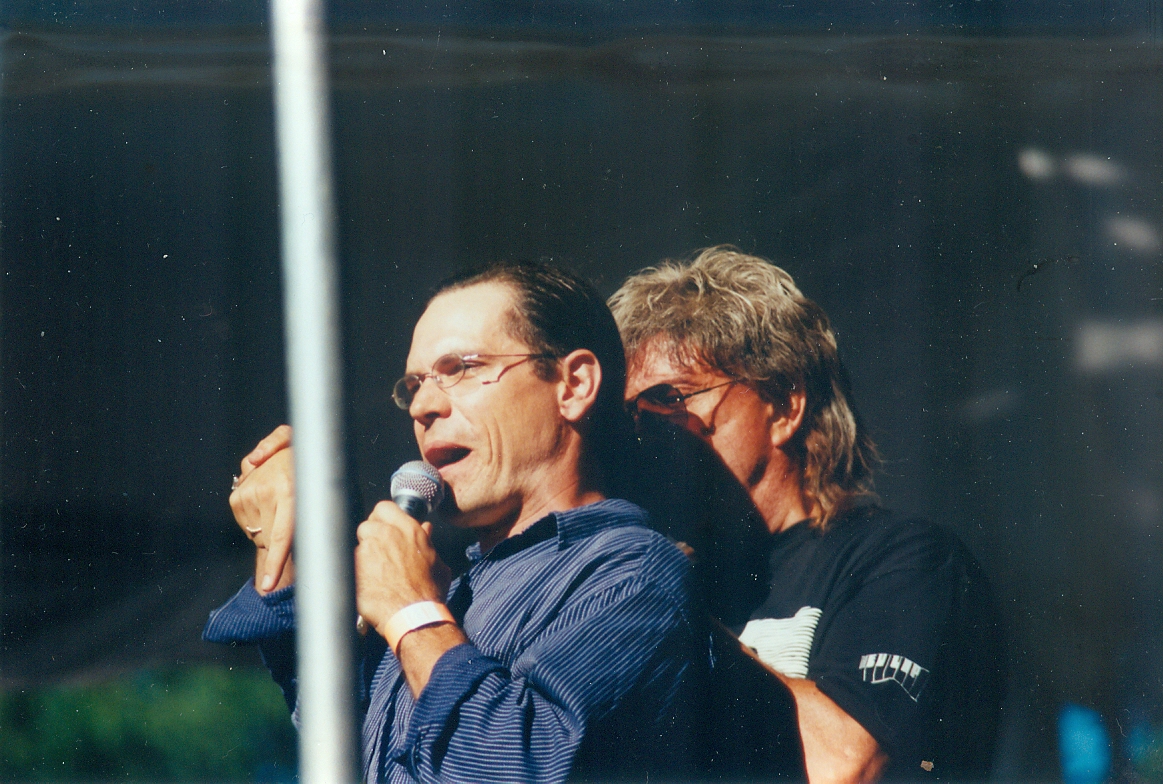
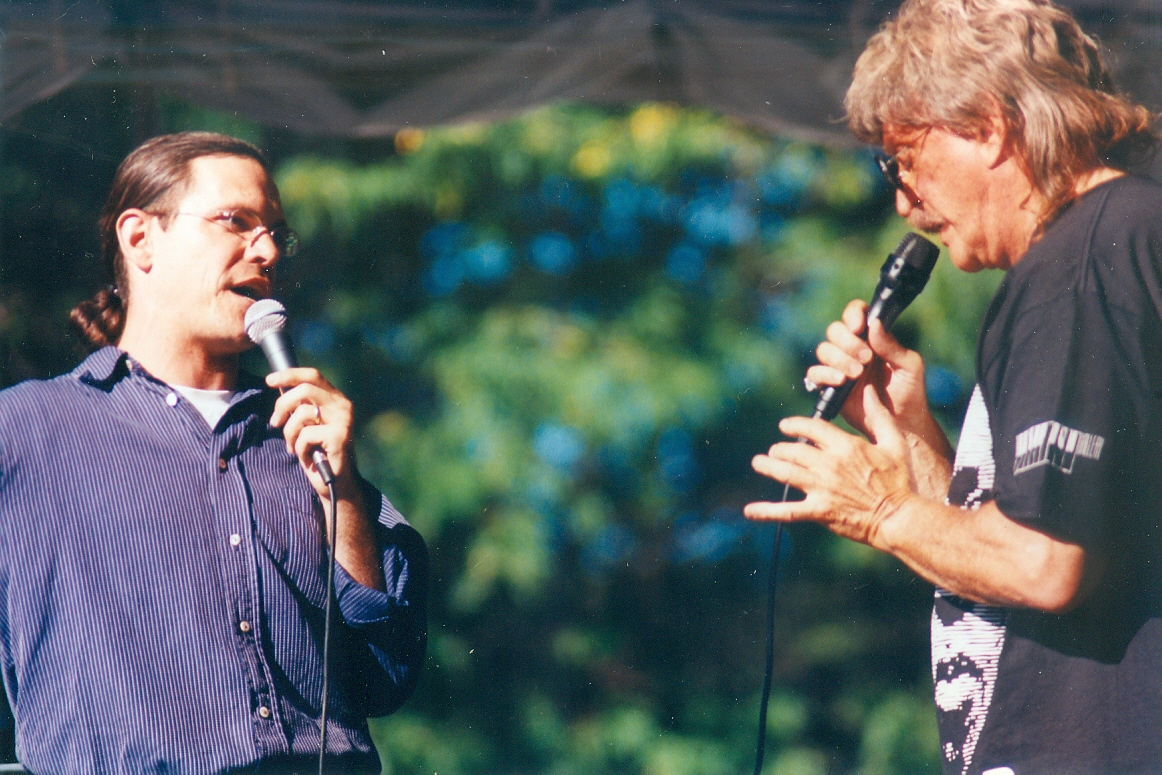
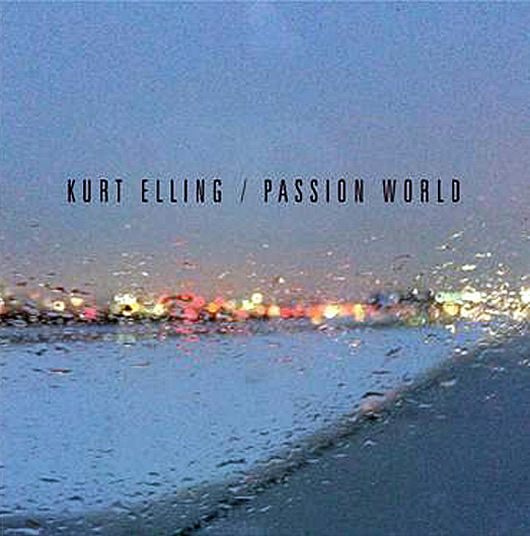
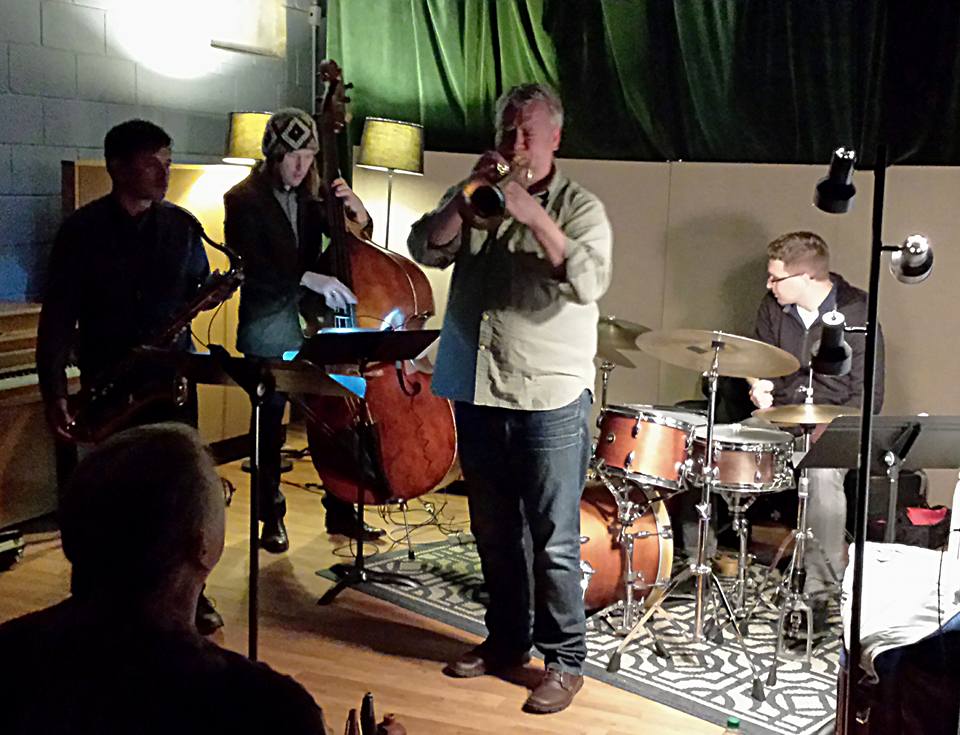 (L-R) Jon Irabagon, Matt Ulery, Russ Johnson, and Jon Deitermyer, live at the West End Conservatory on December 28. Photo by August Ray
(L-R) Jon Irabagon, Matt Ulery, Russ Johnson, and Jon Deitermyer, live at the West End Conservatory on December 28. Photo by August Ray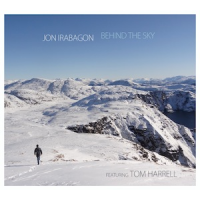
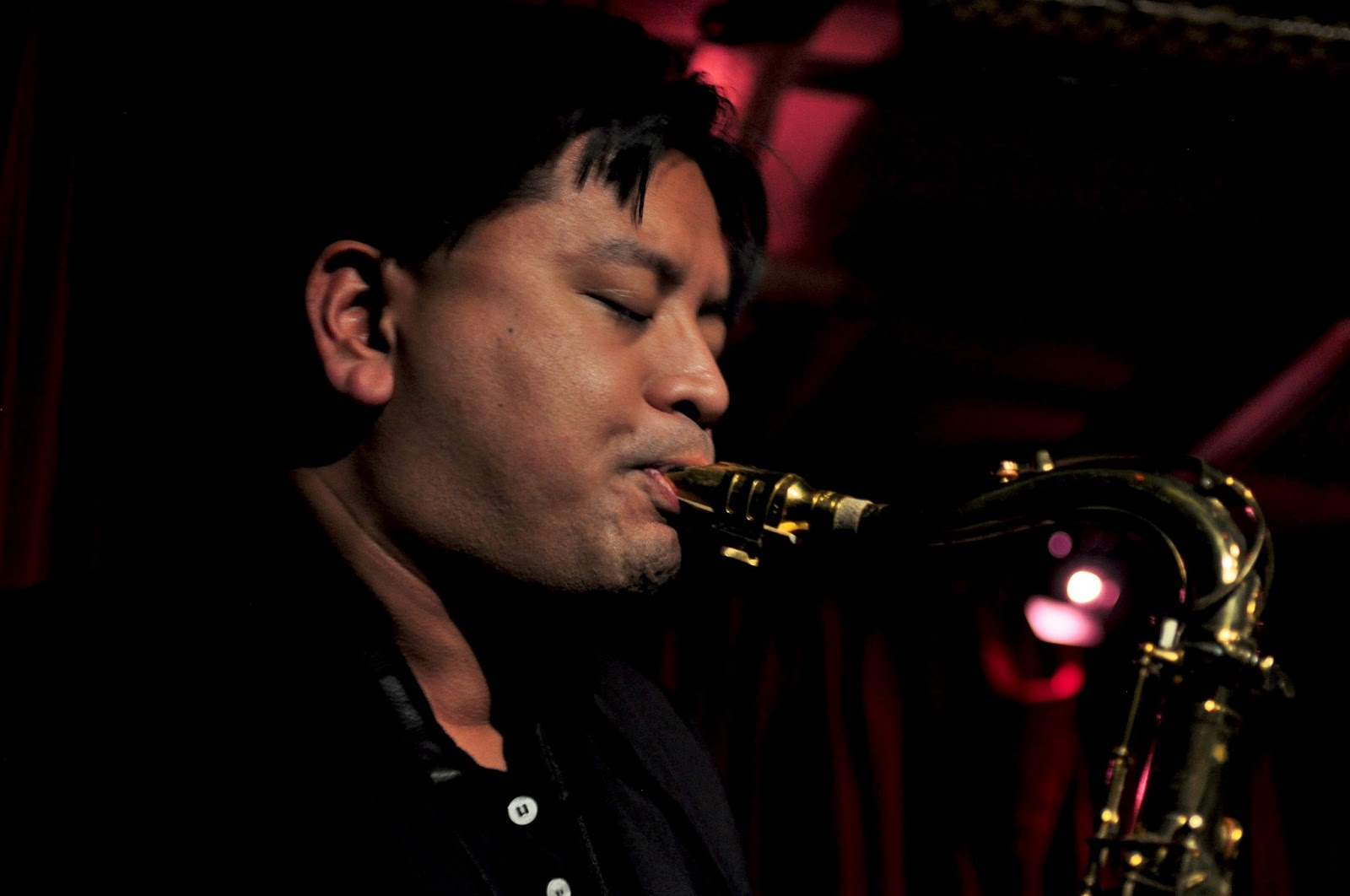

 West End Conservatory co-founder Neil Davis.
West End Conservatory co-founder Neil Davis. Isaiah Joshua teaching a student at the West End Conservatory.
Isaiah Joshua teaching a student at the West End Conservatory.